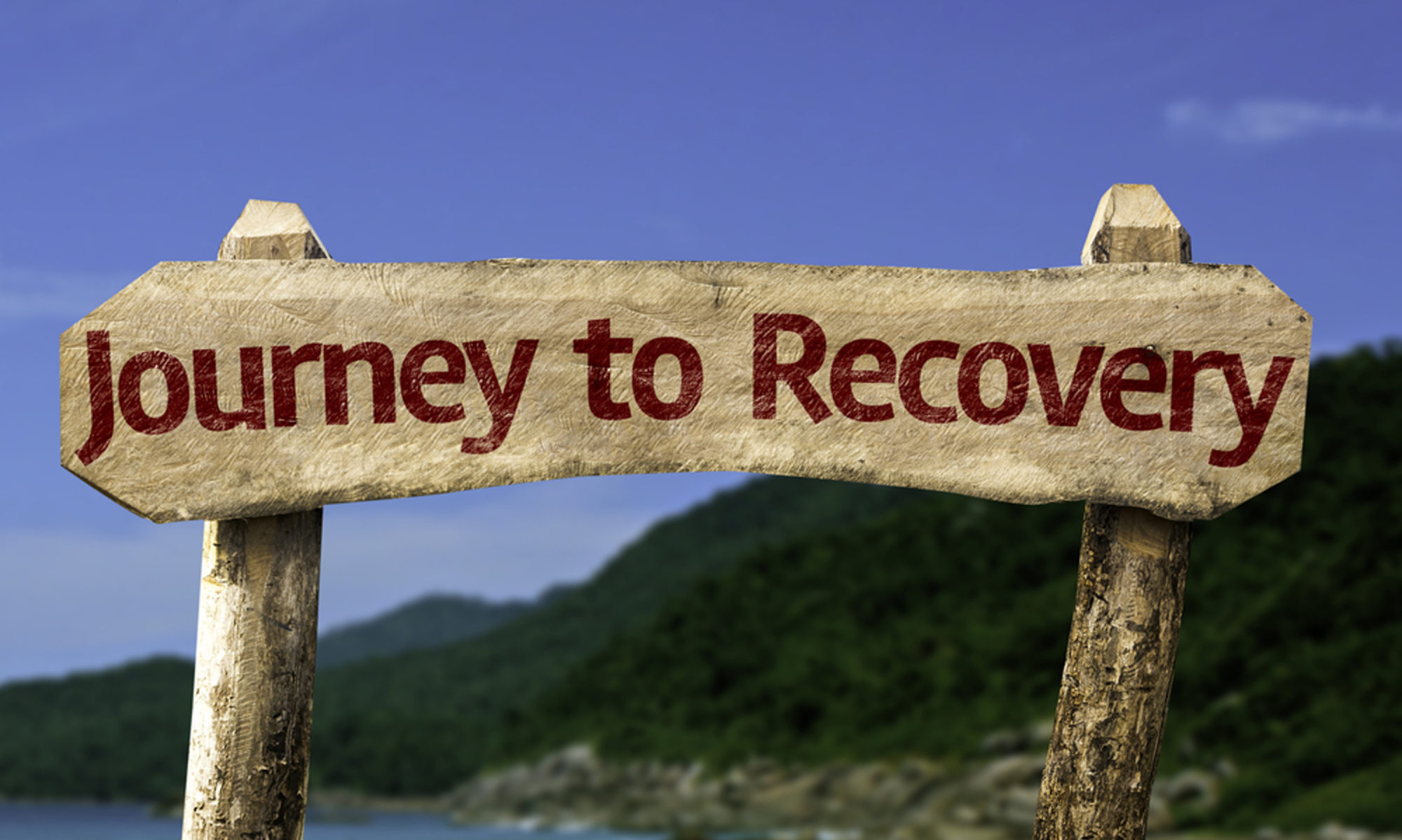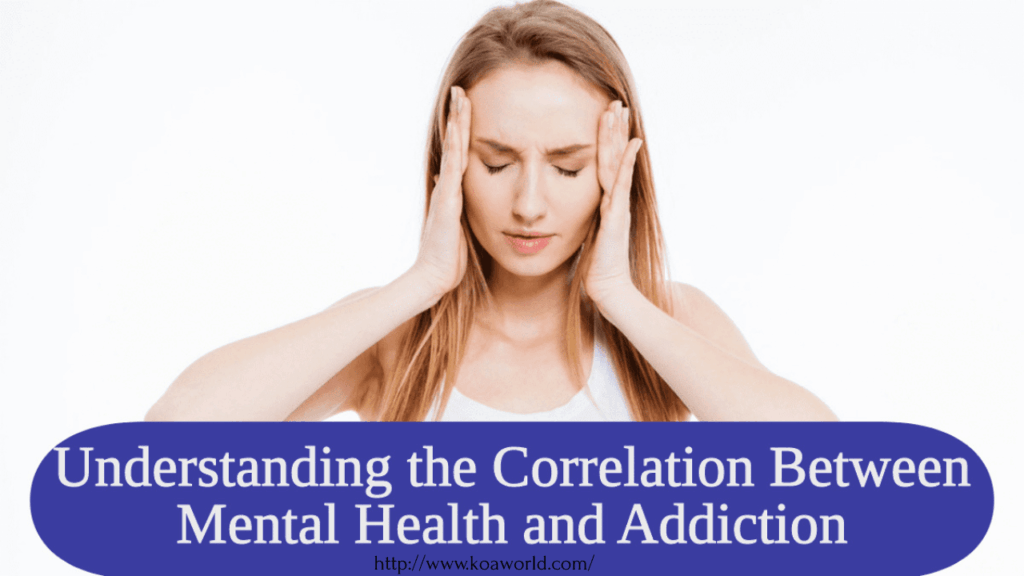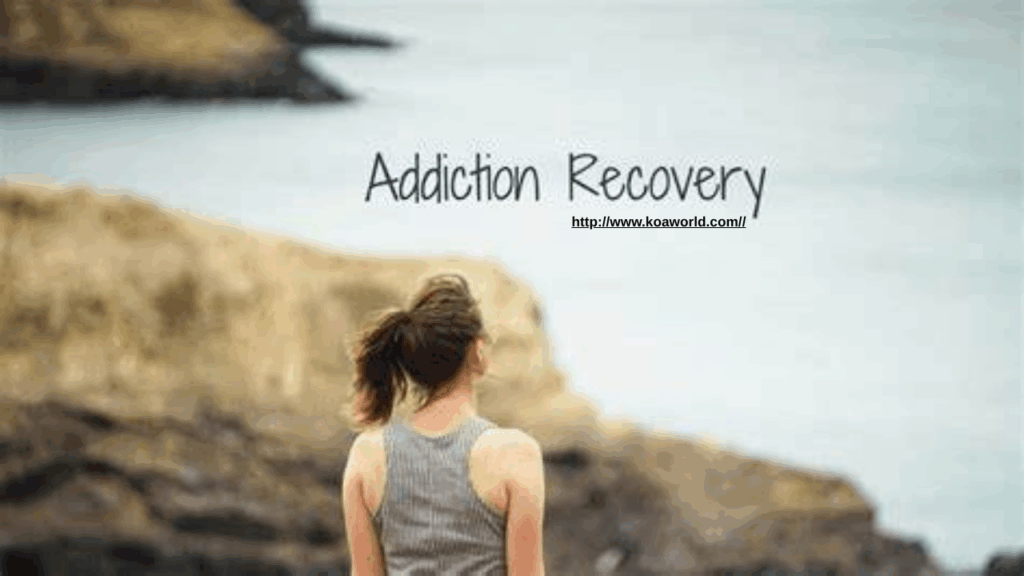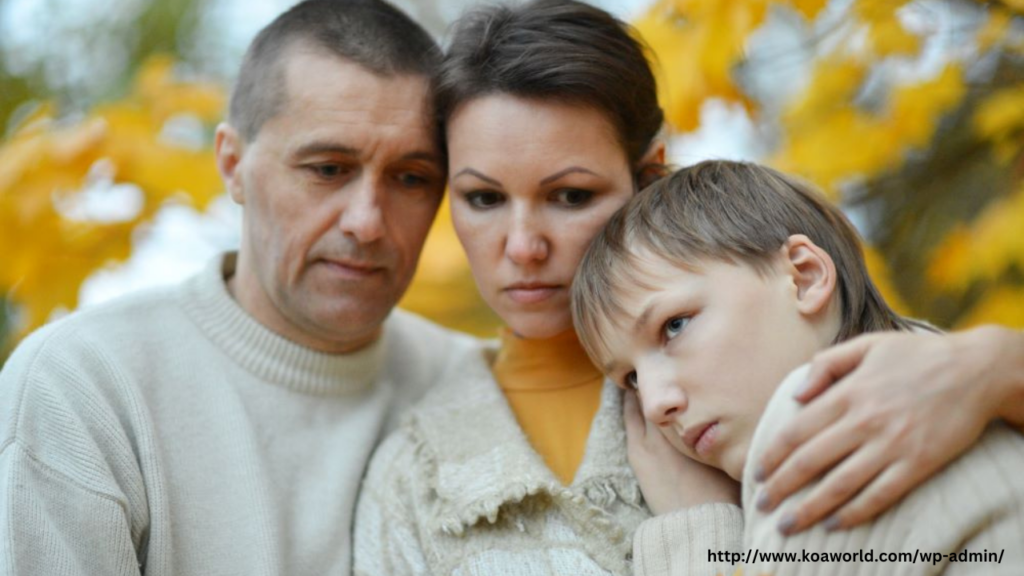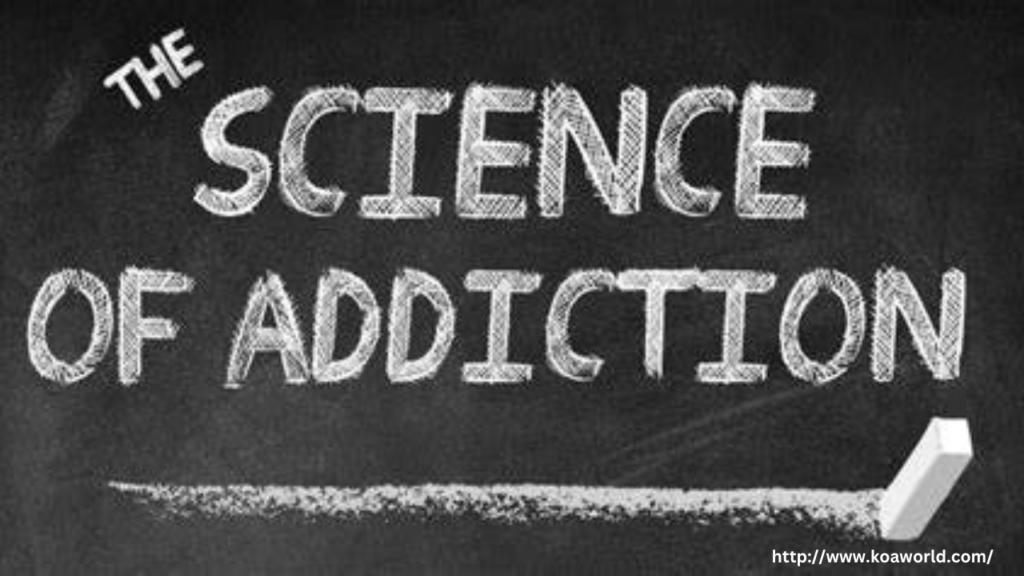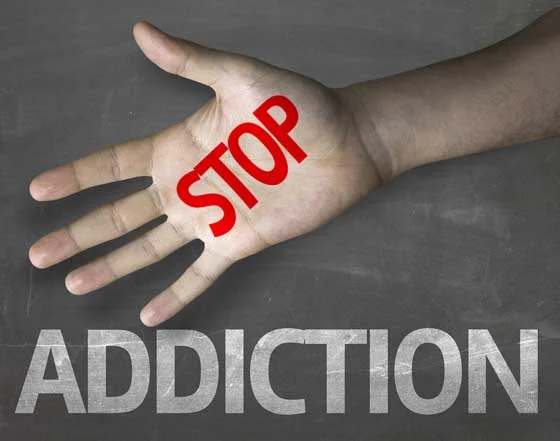
Addiction is a relentless force that traps millions of individuals in cycles of pain, isolation, and hopelessness. Yet amid the darkness, countless stories of personal triumph shine brightly, proving that recovery is not only possible—it is achievable with determination, support, and the will to change. These narratives of overcoming addiction are testaments to human resilience and the transformative power of hope.
The Struggle Within
For those caught in the grips of addiction, daily life becomes a battle between the desire to quit and the overpowering pull of substance use. Many people begin using drugs or alcohol to numb emotional pain, escape trauma, or cope with mental health challenges. Over time, what starts as a coping mechanism spirals into dependence, leaving individuals feeling trapped and powerless.
John’s story illustrates this struggle. After losing his job and going through a painful divorce, he turned to alcohol to dull his emotional wounds. His drinking escalated, leading to health problems and estrangement from his family. For years, he believed there was no way out. It wasn’t until a near-fatal health scare that he decided to seek help, marking the first step toward recovery.
The Power of Support and Treatment
Recovery is rarely a solitary journey. Professional treatment centers, support groups, and compassionate loved ones play crucial roles in helping individuals break free from addiction. Whether through residential rehab programs, outpatient therapy, or peer support like Alcoholics Anonymous (AA) or Narcotics Anonymous (NA), these resources provide structure, accountability, and emotional support.
Sarah’s experience highlights the importance of community in recovery. She struggled with opioid addiction for nearly a decade after being prescribed painkillers for a back injury. Her life unraveled as she moved from prescription drugs to illicit opioids. With the help of a local treatment program that combined medication-assisted treatment with counseling, she gradually regained control of her life. Today, Sarah mentors others in recovery, offering hope to those still in the early stages of healing.
Embracing a New Identity
One of the most powerful aspects of recovery is the rediscovery of self. Many people in recovery describe a process of shedding the shame and guilt tied to their addiction and embracing a new identity rooted in growth, resilience, and purpose. This transformation often involves learning new coping skills, repairing damaged relationships, and setting meaningful goals for the future.
Mark, a former heroin user, now works as a peer recovery coach. He uses his lived experience to guide others through the recovery process, helping them believe in their own potential for change. For Mark, recovery is not just about abstaining from substances—it’s about building a life filled with purpose and connection.
Conclusion
Breaking the chains of addiction is one of the most challenging yet rewarding journeys a person can undertake. Stories of personal triumph remind us that no matter how deep the despair, recovery is possible. Through courage, support, and perseverance, individuals can transform their lives and inspire others to follow the same path toward healing and hope.
